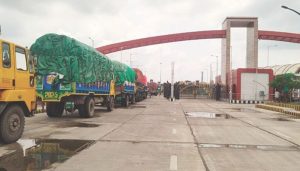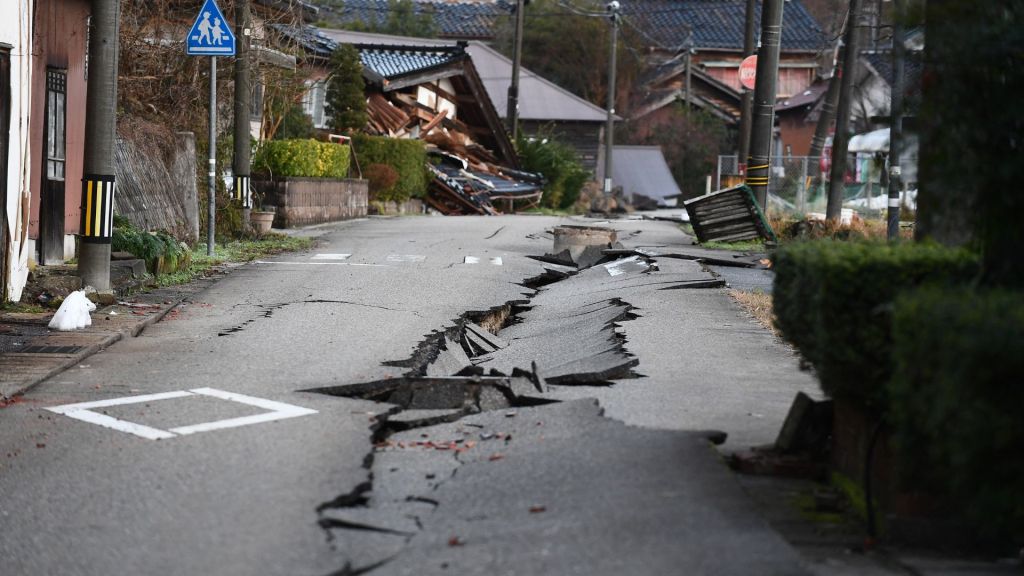India’s Import Restrictions on Jute Products: A Potential Blow to Bangladesh’s Jute Industry

On 11 August 2025, India’s Directorate General of Foreign Trade (DGFT) issued “Notification No. 24/2025–26,” stating that four jute-based products from Bangladesh, classified under specific Harmonized System (HS) codes, may no longer enter India through land ports; they may be imported only via the Nhava Sheva seaport in Mumbai. The relevant codes are: 531090 (woven fabrics of jute/bast fibres), 560890 (fine twine/cordage of jute, etc.), 560790 (rope/cables, etc.), and 630510 (sacks/bags of jute).
Earlier, in May–June 2025, India had also imposed land-route restrictions on several Bangladeshi products; the new order further tightens those measures.
Five-Year Snapshot (Bangladesh’s jute and jute goods in the global market)
Below is the summary of export earnings by fiscal year (in million USD):
· 2020–21: 1,161.48
· 2021–22: 1,127.63
· 2022–23: ~912
· 2023–24: ~855
· 2024–25: ~820 (preliminary)
Note: The figure for 2024–25 is preliminary and may change slightly once the final annual book is published.

India-Specific Recent Picture (2023) — by product
Approximate Bangladesh-to-India exports by selected HS codes in 2023:
· Raw jute and other bast fibres (HS 5303): ~USD 93.6 million
· Woven jute fabrics (HS 5310/531090): ~USD 62.1 million
· Jute yarn and fine twine (HS 5307): ~USD 61.8 million
· Jute sacks and bags (HS 630510): ~USD 18.3 million
Because all four categories are now limited on land routes, both logistics costs and lead times will rise for the most commonly shipped segments.
Why the impact will be severe
· Dependence on land routes: A large share of bilateral trade moves through land ports via the Petrapole–Benapole corridor. If this route is closed to these items, freight, handling costs, and delivery times will all increase.

· Effects of prior tightening: The measures in May 2025 already limited a significant volume of Bangladesh’s land-route exports; the new decision adds extra pressure on the jute segment.
· Reliance on a single seaport: All consignments must now go through Nhava Sheva—container shortages, sailing delays, and terminal congestion raise a “single-point” risk.
Immediate impact — exporters near the border
Small and medium-sized enterprises (SMEs) in Jashore, Khulna, Chuadanga, Kushtia, and Satkhira had been sending goods quickly and cheaply by land. They must now reroute by sea—raising freight and handling costs, lengthening transit times, and making just-in-time delivery harder to maintain.
Potential losses — an attempt to quantify
· Between 2021 and 2025, jute-sector export earnings have trended downward. In 2023, the combined India-bound market size for raw jute, woven fabrics, yarn/twine, and sacks/bags was roughly USD 235–236 million—a large slice of which depended on land routes.
· Shifting from land to sea, especially for lower-priced jute bags and yarn, can easily push freight/handling costs per ton toward double. SMEs operating on thin margins are likely to be hit the hardest.
What could limit the damage
· Bilateral dialogue: If there are policy, quality-control, or anti-dumping concerns, Bangladesh can, at the diplomatic level, seek safety valves such as port diversification, pre-clearance at designated land ports, or quota-based exemptions.
· Strengthen logistics planning: For the Nhava Sheva-centric route, arrange consolidated shipments, forward carrier agreements, service-level agreements (SLAs) on transit times, and locked-in container slots.

· Market diversification: Beyond India, reinforce dealer networks in key buyer markets such as Türkiye, China, Pakistan, and the United States.
· Product diversification (Jute Diversified Products): Moving into higher-value items—home textiles, geotextiles, fashion accessories—can help widen margins.
Bangladesh–India jute: a long history
For many years, raw jute from Bengal has been the principal feedstock for India’s mill industry, especially in West Bengal. Since the imposition of anti-dumping duties in 2017, the path for Bangladeshi jute goods in the Indian market has steadily become more difficult. The current land-port restriction is the latest chapter in that tension. While it raises near-term cost and time pressures, judicious diplomacy, smarter logistics, and market/product diversification can partially absorb the shock.
Reducing the extent of losses
India’s new port limitation will immediately increase costs, time, and uncertainty for Bangladesh’s jute sector—especially for border-adjacent SME exporters. However, with pre-planned rerouting, alternative markets and higher-value diversified products, and proactive policy engagement, the overall damage can be reduced significantly.






















